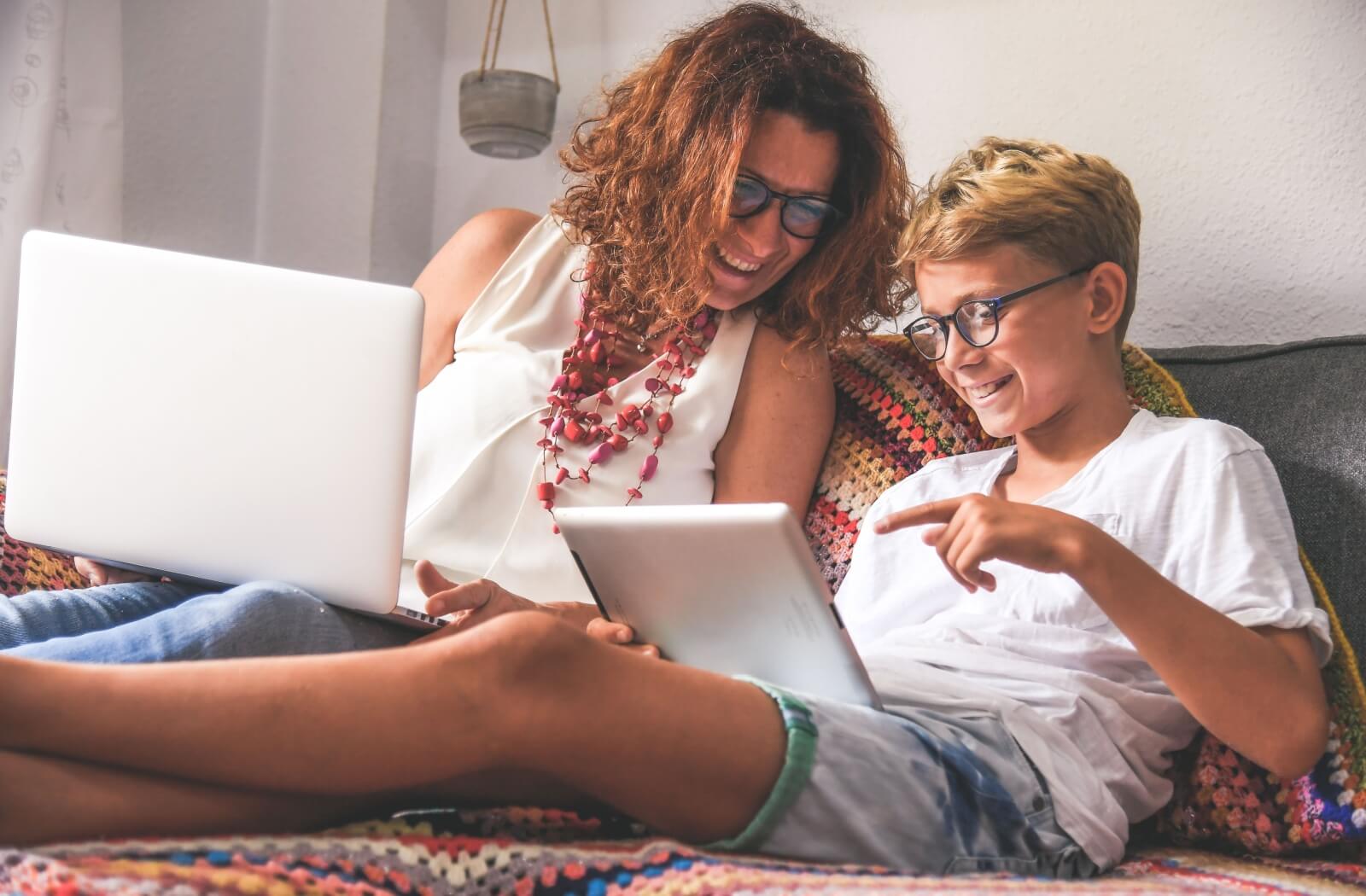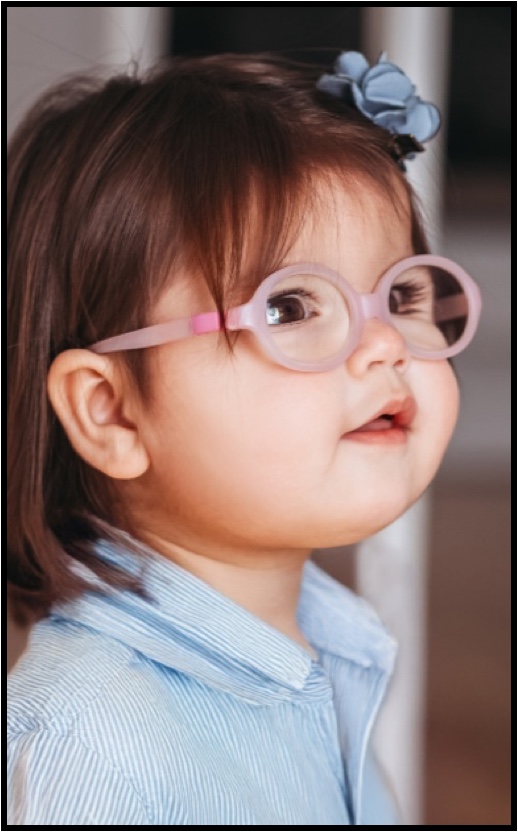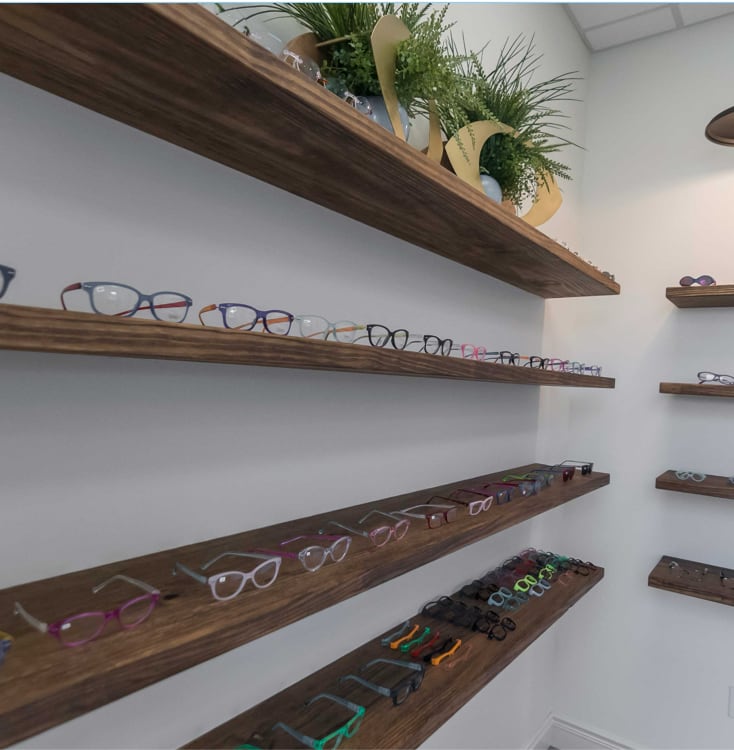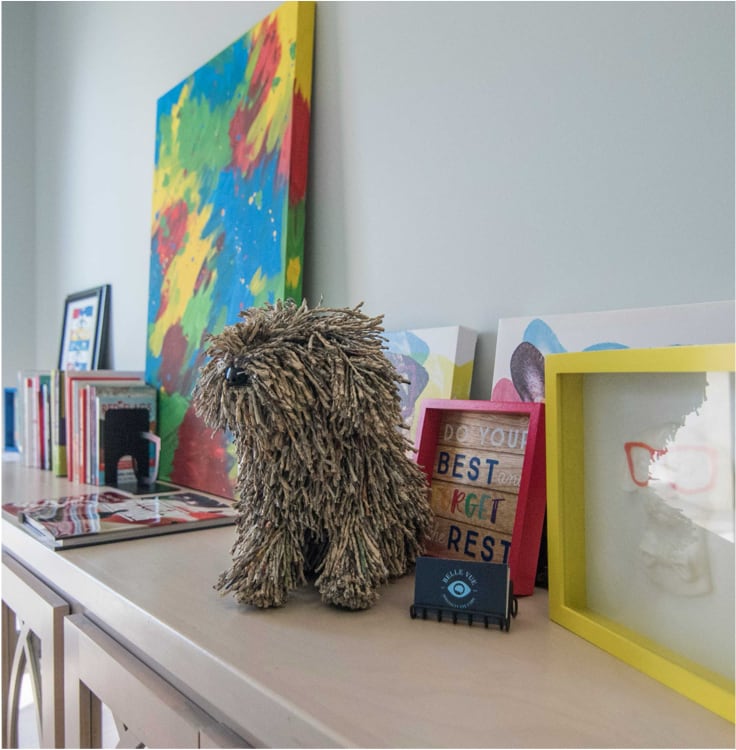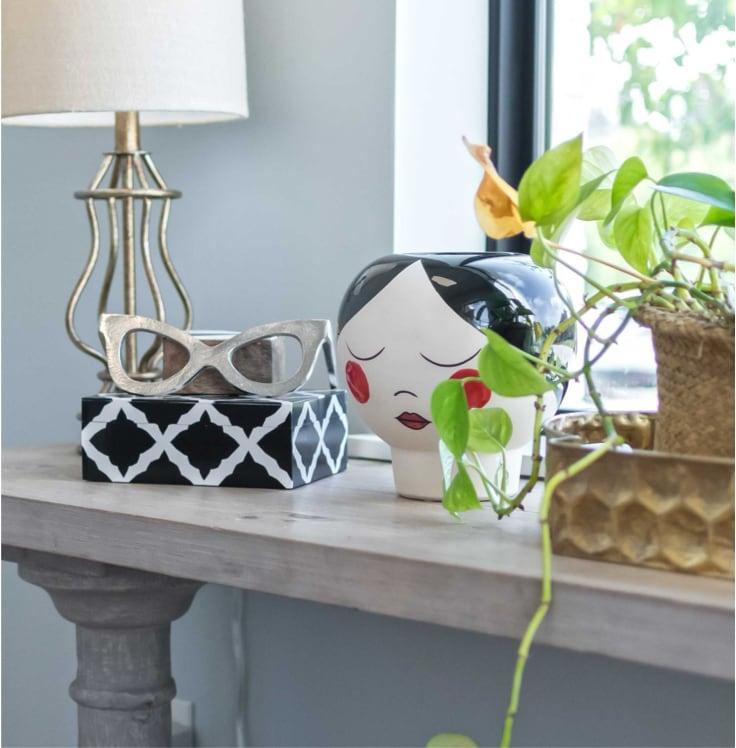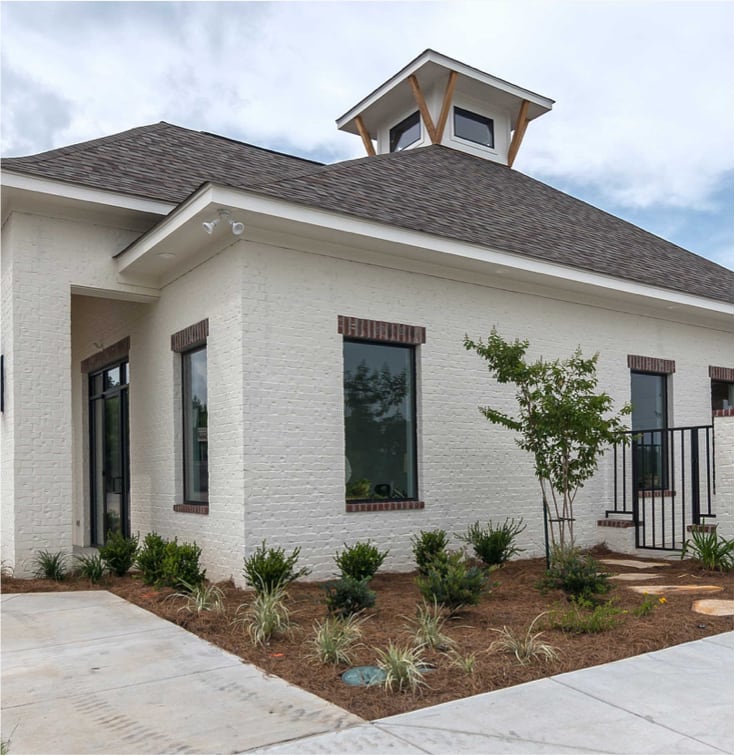Not many people understand the unique challenges parents face when adapting their homes for children with low vision.
Creating a safe, accessible, and engaging environment is important for fostering independence and confidence in your child.
Low vision, while challenging, doesn’t have to limit your child’s quality of life. By making thoughtful adjustments, you can enhance their ability to navigate, learn, and play within your home.
Creating a home that supports a child with low vision involves improving safety, accessibility, and the overall functionality of each room.
Simple changes, like enhancing lighting, using high-contrast colors, and incorporating assistive technologies, can make a significant difference.
These modifications not only help in daily activities but also foster a sense of independence and confidence in your child.
By focusing on practical strategies and personalized solutions, you can transform your home into a space where your child can thrive, ensuring they have the best possible environment for growth and development.
Understanding Low Vision in Children
Low vision in children is a term we use to describe a range of visual impairments that can’t be fully addressed with traditional glasses, contact lenses, or surgery.
It’s more than just needing a stronger prescription; these challenges can significantly impact a child’s daily life, making it tough for them to keep up in school and affecting their happiness. And their ability to thrive
These conditions range from moderate vision loss to severe limitations on what they can see, touching every aspect of their development, from learning to social interactions.
Recognizing Signs of Low Vision
- Difficulty recognizing faces or objects at a distance
- Trouble reading or seeing the board at school
- Frequent eye rubbing or squinting
- Difficulty with hand-eye coordination
- Preference for sitting close to the TV or computer screen
- Difficulty learning shapes, letters, numbers
- Holding objects very close to face
Creating a Safe & Accessible Home Environment
Safety and accessibility are paramount when adapting your home for a child with low vision. Here are some general tips:
- Improve Lighting: Ensure that all living spaces are well-lit. Use adjustable lamps and install bright, non-glare lighting to reduce shadows and enhance visibility.
- Contrast Colors: Use contrasting colors to highlight essential items and areas. For instance, paint door frames and light switches in contrasting hues to make them more visible.
- Declutter: Keep rooms organized and free of unnecessary obstacles. This reduces the risk of tripping and helps your child navigate more easily.
Room-by-Room Modifications
Bedroom
The bedroom should be a sanctuary where your child feels comfortable and safe:
- Night Lights: Install night lights to help your child navigate the room at night.
- Contrasting Bedding: Choose bedding with high-contrast colors and patterns to make the bed more distinguishable.
- Organized Storage: Use labeled storage containers and keep frequently used items within easy reach.
- Table lamps/task lighting, talking clocks
Living Room
This is where family time happens, so prioritize comfort and safety:
- Furniture Arrangement: Arrange furniture to create clear, wide pathways. Avoid low-standing tables or items that might be easy to trip over.
- Rug Placement: Secure rugs to prevent slipping and use textured, contrasting rugs to define spaces.
- Accessible Entertainment: Ensure the TV and other entertainment devices are easily accessible, with simple remote controls or voice activation.
Kitchen
The kitchen can be full of hazards, but these tips can help make it safer:
- Bright Task Lighting: Use under-cabinet lighting and bright overhead lights to improve visibility on countertops.
- Contrasting Utensils: Choose kitchen tools and dishes in contrasting colors to make them easier to see.
- Labeling Systems: Use large print or tactile labels or different container shapes to identify food items, spices, and utensils.
Bathroom
Bathrooms often require specific modifications for safety:
- Non-Slip Mats: Place non-slip mats in the shower/tub and on the bathroom floor.
- High-Contrast Fixtures: Use fixtures in contrasting colors to help your child distinguish between them.
- Accessible Storage: Keep toiletries and bath essentials within easy reach.
- Magnifier lit make-up mirror
Use Assistive Technology
Assistive technology can greatly enhance the quality of life for children with low vision. Some helpful tools include:
- Screen Readers: Devices that read text aloud, useful for homework and reading.
- Magnifiers: Handheld or electronic magnifiers can help children see small print and details.
- Large print or braille labels: Use braille labels for everyday items to help your child identify them independently.
- Talking devices such as watches

Encouraging Independence & Confidence
Fostering independence is crucial for your child’s development. Here are some ways to build confidence:
- Teach Daily Living Skills: Encourage your child to participate in daily tasks, such as setting the table or organizing their room.
- Promote Problem-Solving: Allow your child to find solutions to minor challenges, fostering a sense of accomplishment.
- Build Social Skills: Encourage interactions with peers and involvement in group activities to build social confidence.
- Support groups for children with visual difficulties
Educational & Recreational Adaptations
Supporting your child’s learning and recreation is vital for their well-being:
- Accessible Learning Materials: Provide large-print books, audiobooks, and other accessible learning resources.
- Adaptive Sports: Engage in sports and activities specifically designed for children with visual impairments. Programs like beep baseball or goalball can be both fun and inclusive.
- Creative Outlets: Encourage artistic expression through tactile art supplies, such as clay and textured paints.
Extra Tips
Here are some additional tips to help you along the way:
- Stay Informed: Keep up-to-date with the latest advancements in low vision aids and resources.
- Seek Support: Connect with support groups and communities for parents of children with low vision.
- Regular Eye Check-Ups: Schedule regular appointments with your doesn’t need to be just any optometrist, need to make sure they understand optometrist as well as low vision specialist to monitor and manage your child’s vision health.
By making thoughtful modifications and embracing assistive technology, you can create a nurturing environment that empowers your child to live independently and confidently.At Belle Vue Specialty Eye Care, we’re here to support you every step of the way. If you have any additional questions about adapting your home for low vision don’t hesitate to reach out to us and book an appointment.

